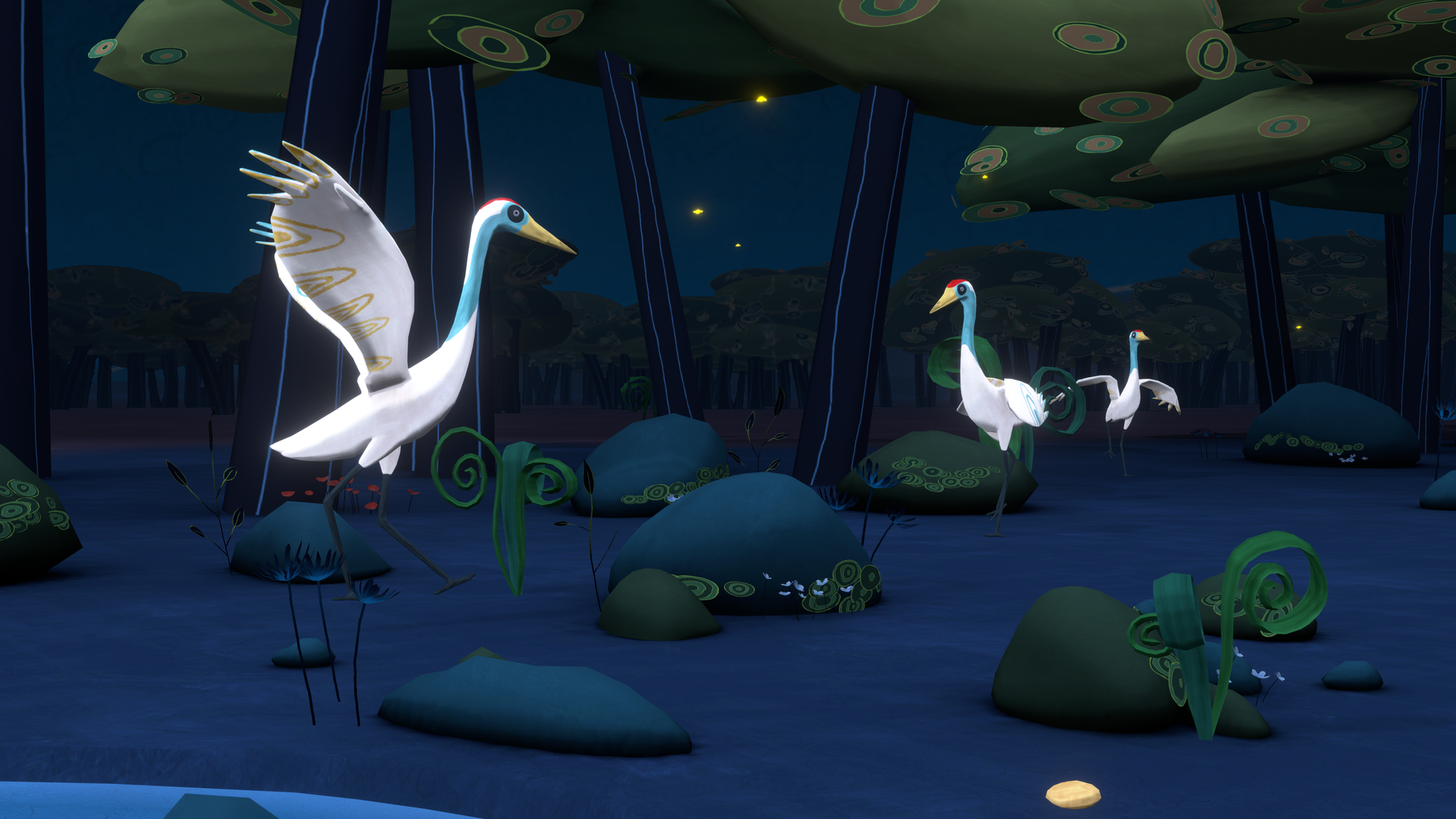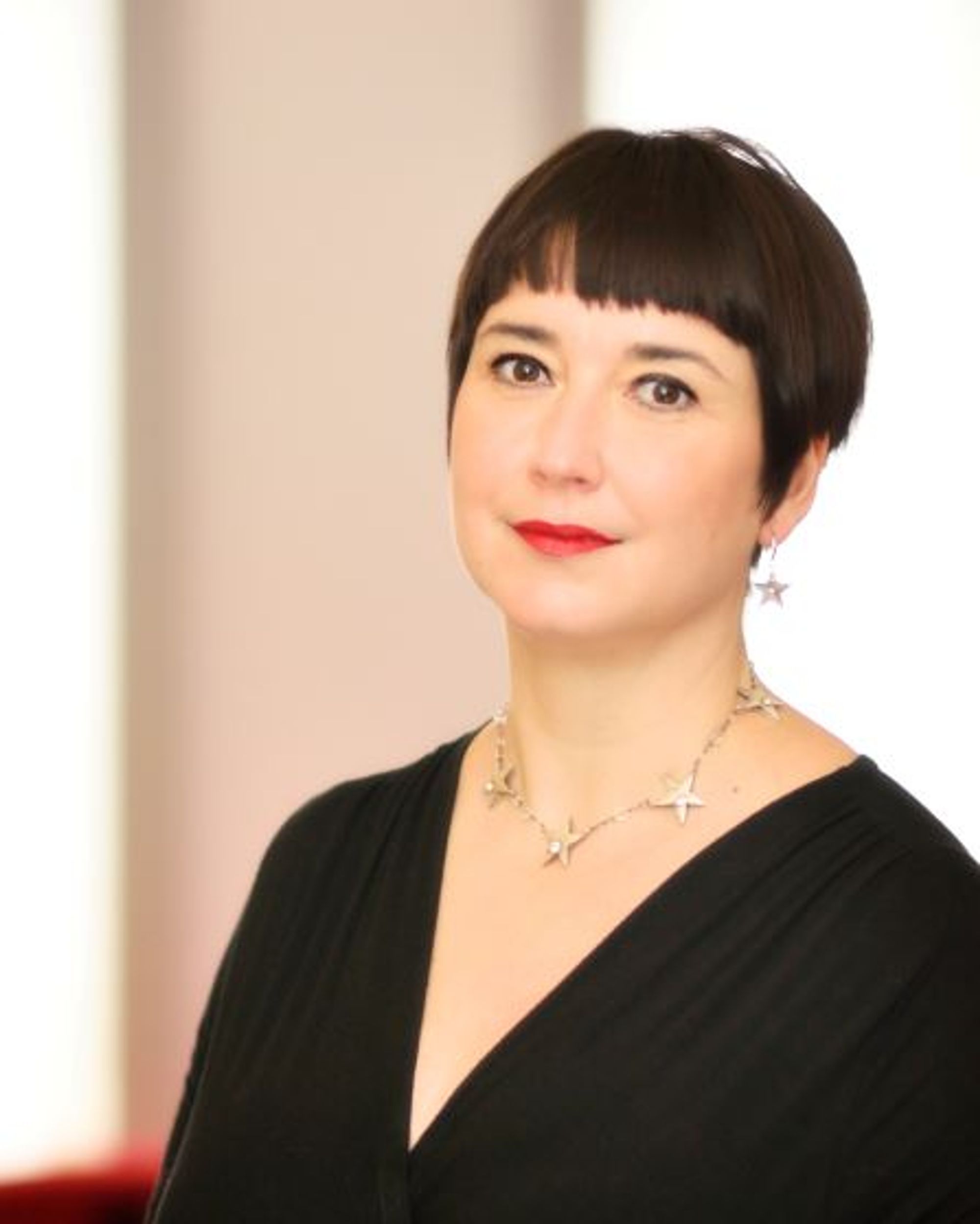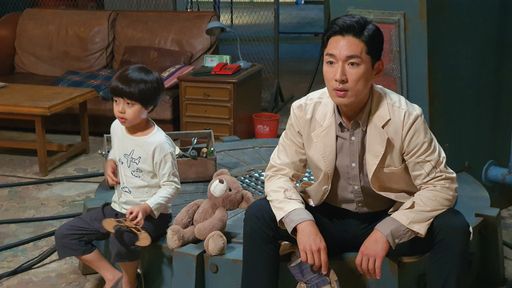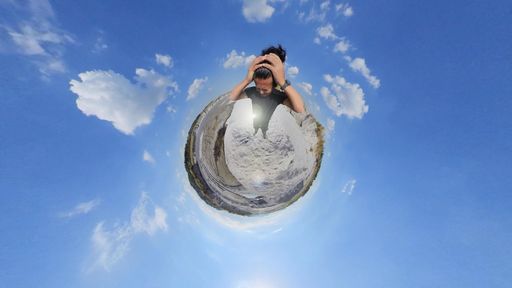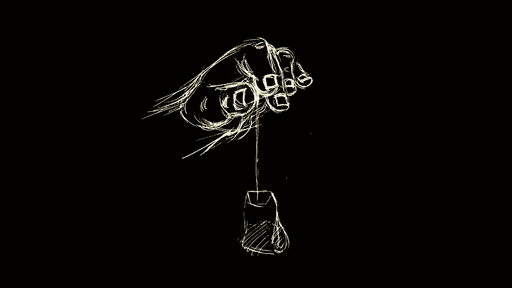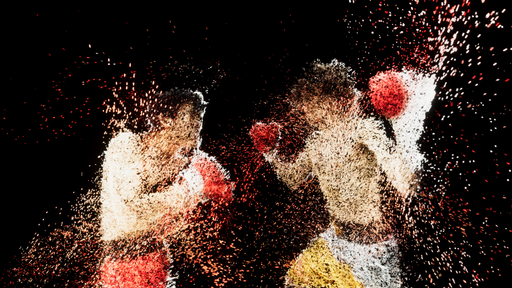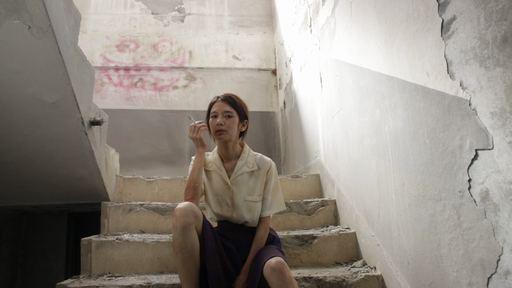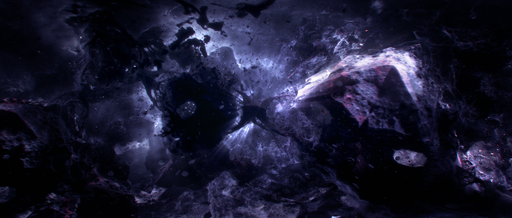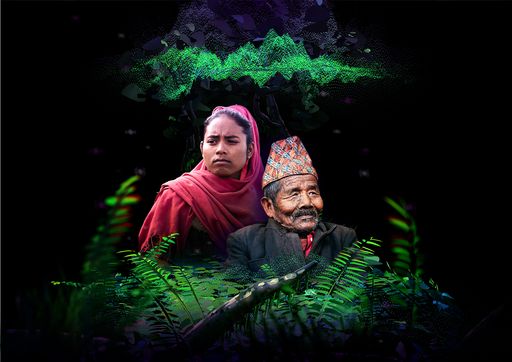Synopsis
Follow the memories of the now-grown-up Yuri, a Korean woman, and take part in her incredible adventure in the most dangerous, yet beautiful, area of the planet : the demilitarized zone between the 2 Koreas.
Yuri, a 67-year-old Korean woman, remembers the first day of spring when she had just turned 8. She had decided to go away from her mother’s home in South Korea to know if her father is still alive, a violinist soldier, held up in the North. A formidable adventure awaits her in the demilitarized zone at once heavenly and terrifying, where she will meet strange birds, mysterious spirits, but also traces of the war... Will she join her father?
Director's Statement
Dreamin’ Zone offers different experiences of “crossing border(s)”: obey versus disobey, fear versus exceeded one’s fear, dream versus reality, animal versus human transformation, childhood versus adulthood and finally, underlying all those parts, the transition from North to South Korea at its apogee at the end. Because sometimes, transgressing is part of life...
Insta Live talk with Korean co-producer
Q. Hi, producer Kim. Today we invited co-producer 김영근님 to talk about his film<Dreamin’ Zone>. To start off, could you introduce studio Yog and your role in the production.
A. Studio Yog has worked in the fields of Media and VR art based on Animation. Our short films had been invited to multiple film festivals where we connected with international directors. Pioneered by director Fabienne Giezendanner, author 세나, the project talks about Korean division, nature near DMZ, and more. So they needed Korean studios that could discuss with them. I participated mainly in scenario making and visual development processes and made sure that the elements in the film fit Korean history and sentiment. For instance, I recommended 강민지 animation director whom I thought well suited the Korean sentiment and worked with her to complete images in the film that we referred to 신윤복’s works. I oversaw the shaping and visualization of Korean sentiments within the work.
Q. I am aware that the production stages overlapped with the pandemic situation.
A. Actually we had started this project long before the Corona period so fortunately, I do not think the pandemic had a direct impact on the production process.
Q. Even if the film talks specifically about Korean history it seems that the work is rather shaped by various foreign perspectives. It is probably because of different international contributions and re-interpretations. Were there any difficulties in mediating such conflicts?
A. We were so to speak engaged in pre and post-production stages so even if we spoke about things we did not like, most of the time we were forced to move on. In the dubbing processes, there were instances where the lengths of Korean and French expressions were different. You know, it was not that I could directly talk to Unity but could only remotely communicate with them… Yes, so I think that was one of the issues I encountered. At the same time, though, I still thought it was worth leaving expressions that seemed a little bit off in Korean perspective because sometimes the gap between those two languages was indeed fresh.
Q. Yes, I agree that those non-conventional perspectives were impressive. Another important element in this work is music … which I thought went well with the sentiment. Could you explain about that? Were there any specific contributions you made in music selection?
A. When we were first discussing music, we were talking a lot about the Korean song <My Hometown Spring> and recorded with a Korean violinist. But the song seemed to drag the narrative a bit behind so we changed the plan and worked with whom Fabienne Giezendanner knew in France. We hoped the music to be less disconnected but more continued with loops.
Q. We are curious about how director Fabienne got to know and decided to talk about this specific theme?
A. 세나 작가, who was born in Korea and adopted by French parents, has been curious about her root and thought she was standing on the boundaries between two identities. So that was what she always had in mind. This project, as well, is about boundaries between South and North, dream and reality, and adult and child. Fabienne Giezendanner was impressed by this idea and decided to collaborate with her, thinking he could make meaningful work out of it.
Q. I hope I could meet with author 세나 someday and talk more about the project. To move on a little bit, I personally thought it was a bummer that the signs on the street at the end of the film sounded awkward.
A. Yes, I thought so too. They unfortunately left them as they were.
Q. That must be disappointing as a Korean partner. What is Yog studio planning for the next projects? Are they VR/XR?
A. When I was in college I was in a tent film festival, where people could come in, watch movies, write reviews afterward, and possibly pay as in street performances. This summer we were going to set up 10 tents in the park of Han river and do the similar thing, but unfortunately, all off-line events were canceled in Seoul last week. So we are planning to do it in metaverse space.
Q. Sounds interesting. I will definitely check out the metaverse version of the tent film festival. As you know, VR films like Dreamzone have less access to the audience than other films. I am sure it is a great opportunity for many of us to watch these films in BIFAN. Thank you for today, and I hope we could connect soon in BIFAN.
Director
Credits
•
Writers: Suaena AIRAULT, Angélique OLIVIER, Fabienne GIEZENDANNER
•
International distribution Company: Diversion cinema
